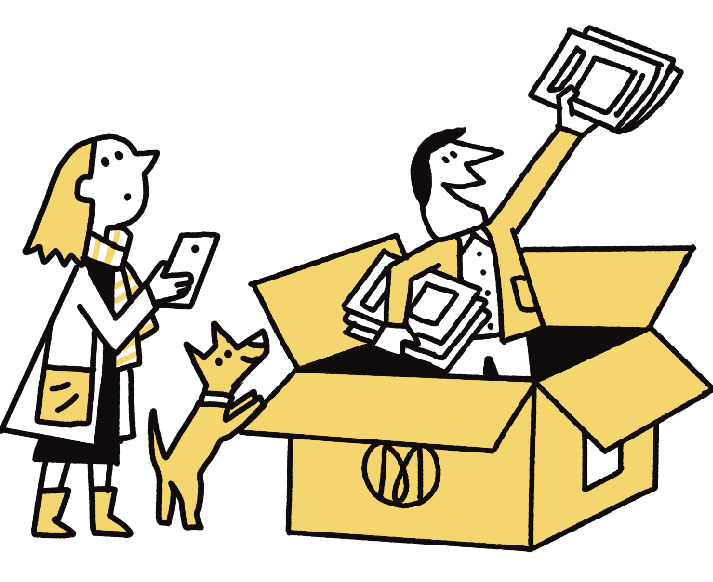South Korea is up in arms – and that’s a good thing for European defences
For the average European, South Korea is better known for its entertainment and technology industries than for its defence sector. But that familiarity with K-pop, LG appliances or Hyundai cars is about to extend to tanks and howitzers if Seoul’s government stays on target. Behind its sheen of cultural soft power, South Korea has quietly built a hard-power industry that wants to stock European arsenals.
The country’s 2022 weapons deal with Poland sent a clear message: a multiyear, multibillion-euro programme for K2 tanks, K9 howitzers and FA-50 jets put South Korea squarely on Europe’s shopping list. Between 2020 and 2024, Seoul rose into the top 10 of global arms exporters. President Lee Jae-myung’s government has since doubled down on that ambition with record R&D and innovation funding, a fast-track system for defence technology and an explicit target to join the world’s top four exporters by 2030. Just last week, Lee sent a special envoy to Europe with a mandate to secure billions of euros in co-production and long-term industrial deals.

The timing matters. Europe is rearming, buoyed by new funding and a wave of political resolve not witnessed since the end of the Cold War. For decision-makers in capitals scrambling to replenish depleted stocks, South Korean suppliers offer a compelling combination of speed, price and quality.
But tensions are inevitable – arms dealing is a political game. The Poland deal has already shown how financing can falter due to domestic frays: the new government in Warsaw openly questioned whether to proceed, calling the previously agreed financing offer from South Korea “unacceptable”. The EU’s new rules on industrial defence will make things harder too, favouring systems with a significant amount of European manufacturing and design, which will complicate how South Korean firms bid for grants or partnership contracts. Seoul’s success also risks irritating Washington. A growing presence in Europe could spark friction over market share and industrial subsidies unless Washington and Seoul co-ordinate carefully.
Fortunately for South Korea, logic implores Europe to be pragmatic. This means buying what works now – fast deliveries and ready-made systems – while also protecting Europe’s long-term independence as a manufacturer. Practically, that requires deals to guarantee meaningful technology transfer, unambiguous intellectual-property rules and joint R&D so that kit can be maintained, upgraded and integrated with European systems.
Looking ahead, three trends are likely to emerge. First, more co-production: South Korea understands that to sell to Europe it must be a partner, not just an exporter. Local assembly, jobs and shared production lines are bound to multiply. Second, cutting-edge niches – AI, drones and semiconductors for military use – will drive the next phase of defence sector growth. Seoul’s defence programme and President Lee’s emphasis on AI and robotics make it a natural supplier for next-generation systems. Third, diplomacy will be crucial: the country will need to walk the line between deepening co-operation with Europe and avoiding geopolitical blowback.
South Korea’s ambitious global-arms exports will shape technological excellence into secure, long-term industrial partnerships – as in the automotive industry, it’s a model that has worked well before. While Europe will still buy American, Seoul’s mix of affordability, reliability and hi-tech innovation makes it impossible to ignore.
Gorana Grgić is Monocle’s security correspondent. Further reading? Are Poland’s efforts to bolster its defences enough to deter Russia?



